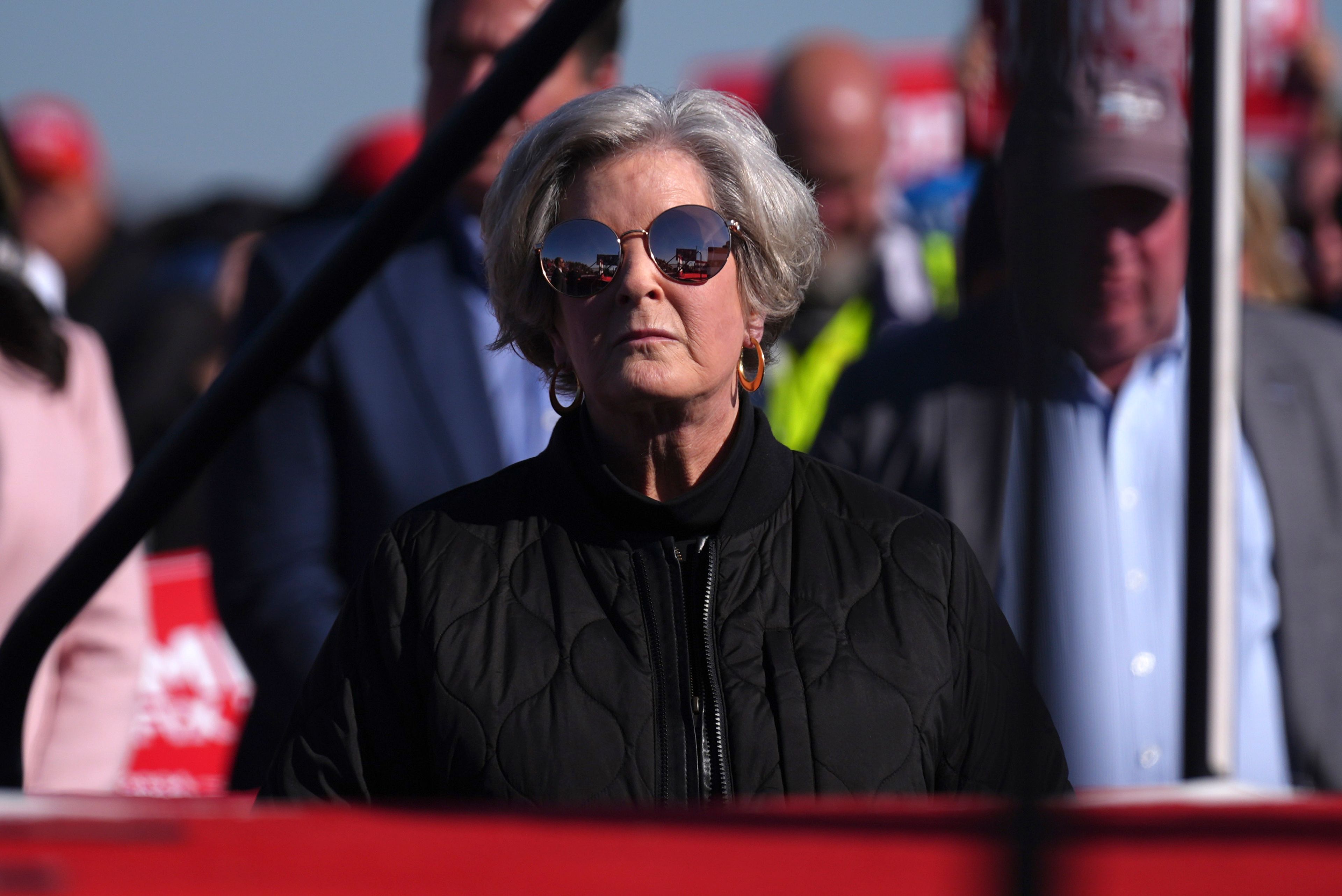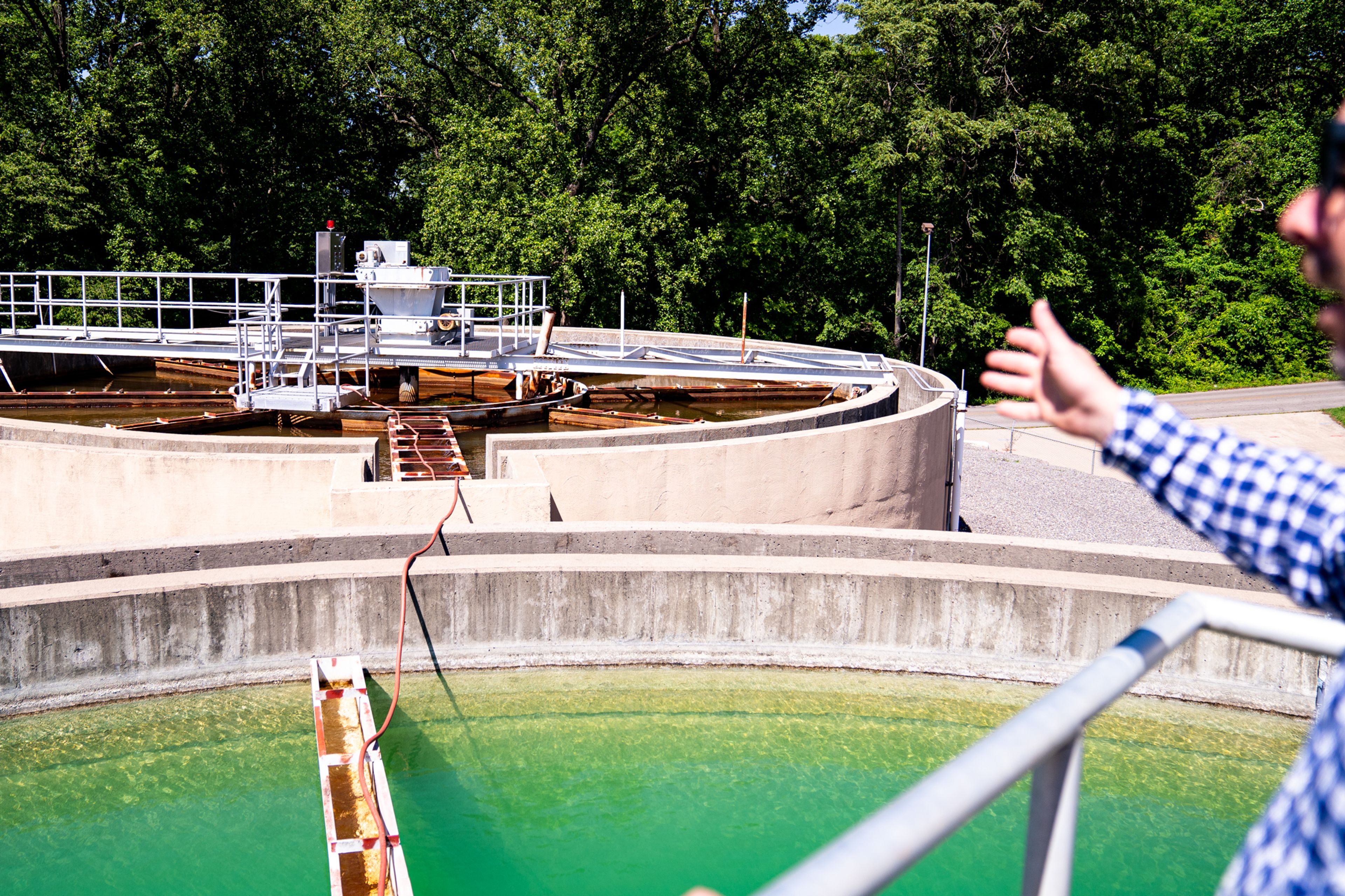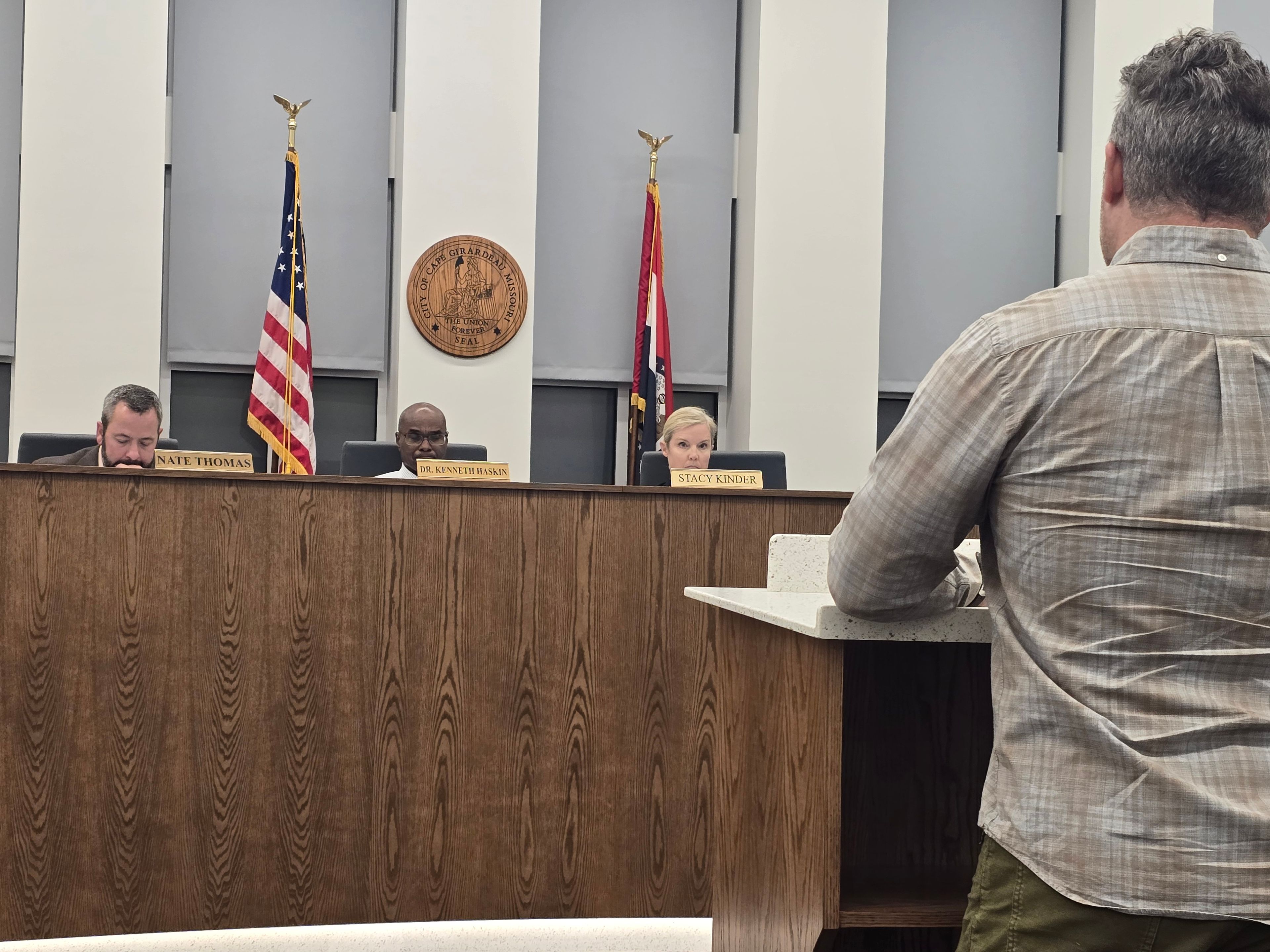NEW HIGHWAY PLAN FACES ROADBLOCKS
JEFFERSON CITY -- A three-year, $2.6-billion state highway program may encounter some bumpy traveling before it reaches its destination at the end of 1998. The ambitious construction program, announced recently by the Missouri Highway and Transportation Department's chief engineer, Joe Mickes, faces a series of detours that could slow its speed or sidetrack it completely...
JEFFERSON CITY -- A three-year, $2.6-billion state highway program may encounter some bumpy traveling before it reaches its destination at the end of 1998.
The ambitious construction program, announced recently by the Missouri Highway and Transportation Department's chief engineer, Joe Mickes, faces a series of detours that could slow its speed or sidetrack it completely.
For starters, the construction plan that began last April is several hundred million dollars shy of being completely funded. The $2.6 billion proposal includes federal commitments of $1.25 billion. But the federal Highway Trust fund is one of the areas where budget savings might come from.
The state highway department expects to receive $8 million less than anticipated in federal funding for mass transit in the current fiscal year. As a result, the department plans to seek money for a long list of transit programs from next year's General Assembly.
Expecting that Washington will honor its past pledges to send more than $1 billion from the trust fund to Missouri by the end of 1998 may be unrealistic.
A second obstacle facing the state's road-building agency is the need for $500 million in precedent-breaking highway bonds, a financing vehicle that hasn't been used since the 1920s when Missouri motorists were promised routes paved with concrete rather than mud. Since the state's initial highway improvement plan, the Centennial Road Law of 1921, Missourians have been skeptical of bond financing, expressing a preference for pay-as-you-go fuel taxes.
Despite a long history of opposition, the current road plan calls for $500 million in bonds to make up for cuts that have already been made in federal revenue from the Highway Trust Fund. In recent days, Mickes and other departmental officials have been promoting the bond idea, speaking in various corners of the state to gain public acceptance.
No decision on the advisability of a bond issue has been reached by Gov. Mel Carnahan. The governor's departing chief of staff, Marc Farinella, says several discussions have taken place since the plan was finalized a few weeks ago.
Presumably the governor will decide whether to promote the plan or oppose it within the next few weeks, since any endorsement would be included in the State of the State address in early January. Some provisions for such a large bond issue would also be required in the state budget being prepared for fiscal 1997, which begins next July 1.
Another question is legislative approval of the bond plan, even if it has Carnahan's support. Opposition to further state debt, relatively low in comparison to other states, could develop if lawmakers feared the public believed the bonds constituted another tax increase or if questions were raised about repayment of the bonds.
Mickes has already soothed the concerns of some legislators in Southwest Missouri over the program's bond-repayment plans. The Road and Bridge Development Plan, Mickes explained, includes savings over a 15-year period that would be sufficient to retire the $500 million bonded debt.
Bond financing for new highway construction is used by 38 other states, many of them with higher gasoline tax levels.
The three-year plan is an ambitious one, supplementing the highway department's earlier 15-year plan that was sidetracked by insufficient revenue and construction cost overruns. The new program calls for construction of 300 miles of new four-lane highways, 80 miles of additional lanes for existing roads, 60 miles of new or improved two-lane highways, 100 new or rehabilitated bridges and 3,200 miles of resurfacing.
However, if federal funding falls further below expectations, the department likely would have to reduce the number of projects.
No public vote on the bonds would be required, since the state already has the authority to issue them. A concurrent resolution in both legislative chambers would get the bond financing under way.
In addition to the $1.25 billion of federal money and $500 million of bond revenue, the financing the three-year plan calls for $850 million from existing state tax revenue.
Connect with the Southeast Missourian Newsroom:
For corrections to this story or other insights for the editor, click here. To submit a letter to the editor, click here. To learn about the Southeast Missourian’s AI Policy, click here.







